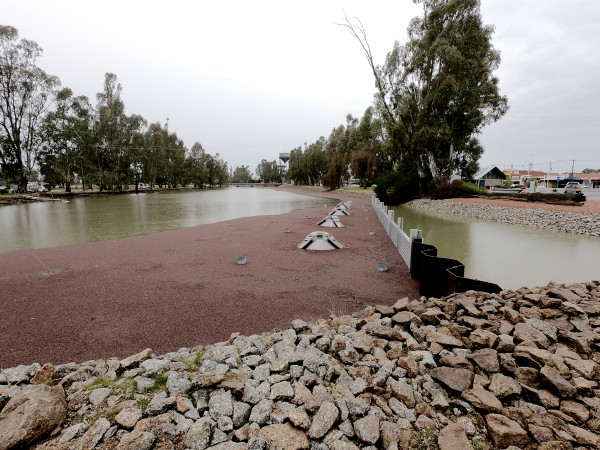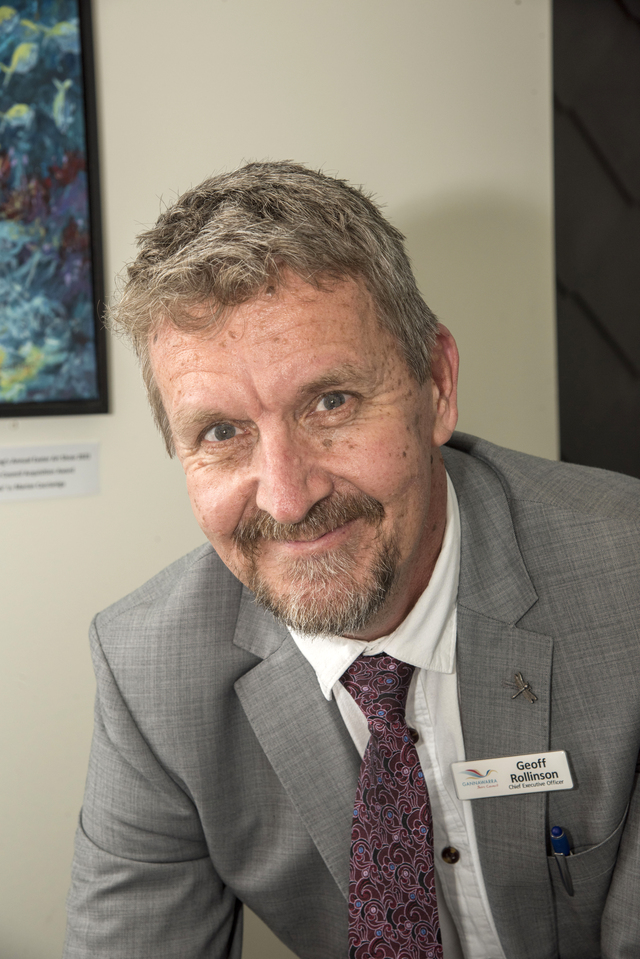COUNTLESS numbers of native fish have been saved thanks to irrigation diversion channel screens installed at Cohuna.
Australia’s first conical fish exclusion screens were designed and constructed by Cohuna business AWMA Water Control Solutions, in conjunction with the North Central Catchment Management Authority, with funding from the Victorian Environmental Water Holder.
The screens were installed in July last year in front of the Cohuna Number 3 Channel regulator in the centre of the town.
The promising project has been acknowledged by industry peers, recently winning the Innovation in Waterway Management Award at the 2019 River Basin Management Society Awards.
According to the North Central Catchment Management Authority, each year hundreds of thousands of native fish and larvae are lost from the Gunbower Creek and the Murray River system as fish move into irrigation channels.
Once in the channels, they are permanently removed from the natural system, with the loss impacting negatively on native fish breeding and fish populations, including on numbers of vulnerable Murray cod.
The North Central CMA said early monitoring following one full irrigation season indicated the screens were doing their job.
“No Murray cod larvae were detected drifting into the channel during the peak drift period after the screen was installed,” North Central CMA project manager Nicole Bullen said.
“That is extremely important, especially as we were measuring about 160 cod larvae a day going down before the screens were installed.
“That’s potentially thousands of Murray cod a year that are still in the system and contributing to breeding.”
Ms Bullen said there were also benefits to other native fish.
“There were no young-of-year silver perch or Murray cod in the Cohuna Number 3 Channel after the screens were installed, but there were beforehand,” she said.
“There were also decreases in the numbers of smaller fish such as bony bream and the vulnerable Murray-Darling rainbowfish in the channel.
“Importantly, the screens have now successfully operated for a full irrigation season with no impact to irrigation water delivery and no maintenance required.
“Overall, the project has provided proof of concept of this screening technology in relation to Australian fish species under Australian conditions.”







